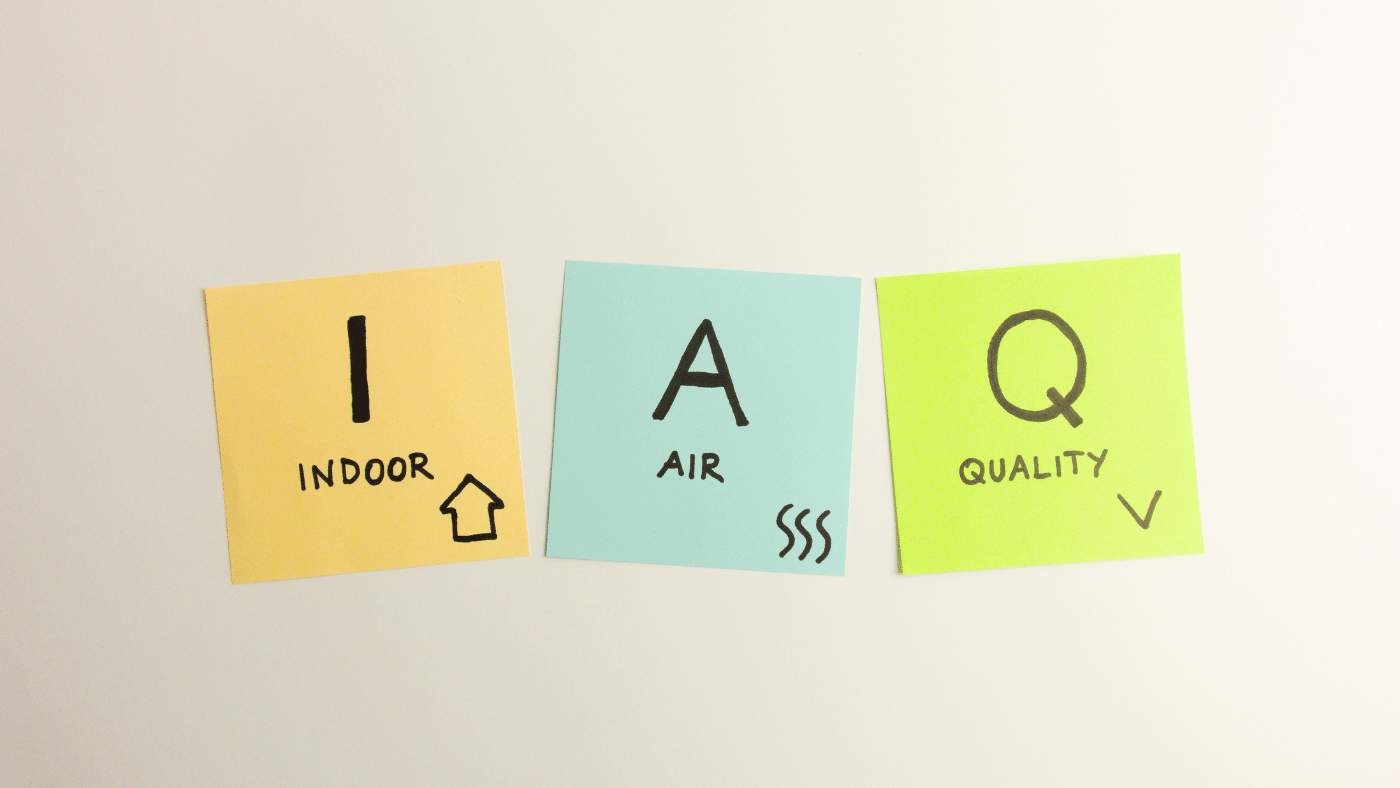No matter where you go in this world, there is always a unique characteristic to that which you encounter. Like a snowflake, no two places are the same. The surroundings and conditions vary for each and every site. Understanding the various factors and how they play a role in the building science of a particular site is one of the primary keys to an Indoor Air Quality (IAQ) assessment. The first step in the IAQ process is to communicate with individuals that are familiar with the building and that might potentially be affected by a building’s air quality.
According to the EPA, IAQ refers to the air quality within and around buildings and structures, especially as it relates to the health and comfort of building occupants. Understanding and controlling common pollutants indoors can help reduce your risk of indoor health concerns. The EPA website provides a lot of useful information for IAQ Investigators and property owners, and this information is available for free, Indoor Air Quality (IAQ) | US EPA .
The initial interview process provides the basic understanding of the building setting and specific concerns expressed by the occupants which will assist in determining where to focus the investigation and the development of a sampling strategy. Depending upon the unique specifics of the indoor air quality issues, the interview might involve one or more individuals. First, there is the initial requestor who is interested in commissioning an IAQ investigation. This person might be the building owner, property manager, building engineer, or an interested occupant. Subsequent interviews may involve other parties, such as maintenance personnel, union representatives, or environmental health and safety representatives. An important aspect when conducting interviews is to document the interview results, which is often done using a standardized IAQ interview checklist that can be purchased online or simply developed by the IAQ Investigator.
Questions asked during the interview process:
- When did a perceived IAQ issue begin? How long has it been going on?
- What are the symptoms that spurred an IAQ investigation request?
- How long have you been experiencing discomfort at your workstation?
- When do you experience relief from your symptoms?
- Do you have an idea of the source of the IAQ complaint?
Interview forms may be different and should be customized for occupants, property managers, and building engineers since these individuals have different perspectives and responsibilities within a particular building.
Once the affected parties have completed the interview process, subsequent steps in the IAQ process involves conducting a visual inspection of the building and the HVAC system, investigating for potential air quality contaminant sources, monitoring human comfort parameters, and conducting sampling for suspected indoor air contaminants.
Ventilation and humidity are two of the leading factors associated with IAQ issues, especially in non-industrial settings where there may not be obvious sources of air quality contaminants. Monitoring of Carbon Dioxide, Carbon Monoxide, Temperature and Relative Humidity are the four standard IAQ assessment parameters outside of sampling for specific chemical compounds that are known to be present in a building (e.g. cleaning compounds, inks or toners, etc.). These parameters assist in determining adequate ventilation and comfort in the building. These measurements can be compared to applicable regulations or industry standard guidelines from the Occupational Safety and Health Administration (OSHA) and the American Society of Heating, Refrigerating and Air-Conditioning Engineers (ASHRAE).
Additionally, the IAQ assessment may involve collection of air samples for specific chemicals of concern, depending on what sources of chemicals might be present in or surrounding a building. Industrial settings may have a wide range of potential air quality contaminants on site while and office environment may have very few potential sources of air quality contaminants. As there are a wide range of potential contaminants in our everyday environment, the communication process helps provide focus and purpose in selecting the appropriate sampling strategies and avenues of investigation.
HOW CAN VERTEX HELP?
When you have an Indoor Air Quality concern, look to Industrial Hygienists with skills and experience to identify and evaluate your particular concern. VERTEX’s staff of Industrial Hygienists and Certified Industrial Hygienists have the knowledge and expertise to handle the variety of building science challenges in all types of commercial, industry, schools, or healthcare settings.
To learn more about VERTEX’s Industrial Hygiene & Building Sciences services or to speak with an Industrial Hygienist staff member, call 610.558.8902 or submit an inquiry.




